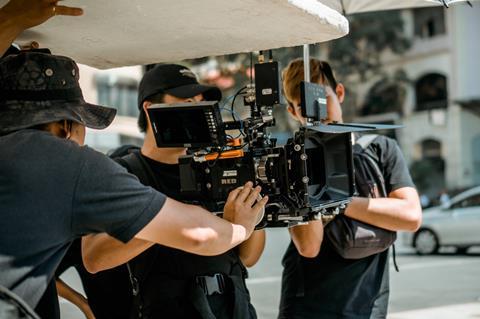
An Australian screen task force has released a document of ‘Covid-safe guidelines’ to get production back on track in the wake of the coronavirus outbreak.
The 42-page document is intended to provide support and assistance to everyone in the country’s screen production industry – from producers to individual workers – as they consider returning to work.
Each production will need to draw up its own personalised plan that identifies the specific control measures needed to mitigate the risks that the virus poses to its personnel, given each production’s location, scale and content.
The guidelines provide advice on how to eliminate and minimise the risks associated with exposure of personnel to Covid-19 while working on a production. It is also a “live document” that will aim to offer up-to-date practical advice, drawing on a range of resources and consultation with the federal chief medical officer’s team, and will continue to evolve alongside government and sector advice.
The current version of the document covers social distancing, hygiene, working arrangements, supplier management, health monitoring and personal protective equipment (PPE) among other elements. It also recommends pre-production and post-production take place remotely.
It was compiled by a task force comprising the Australian Film Television & Radio School (AFTRS), Screen Australia, the Media Entertainment & Arts Alliance (MEAA), Screen Producers Australia (SPA), State and Territory agencies, Guilds, ABC, SBS, Ausfilm and major production companies. The guidelines have been drafted in consultation with the Commonwealth Department of Health and global law firm, Clyde & Co.
Screen Australia CEO Graeme Mason said: “These guidelines are an essential tool to help the Australian industry get back to the business of creating world-leading screen stories. Whilst each production will need to have their own individual plan, we hope that the Covid-Safe Guidelines will help inform practitioners on what they need to be considering before they get back up and running.”
The document can be read in full read in full here.






















No comments yet